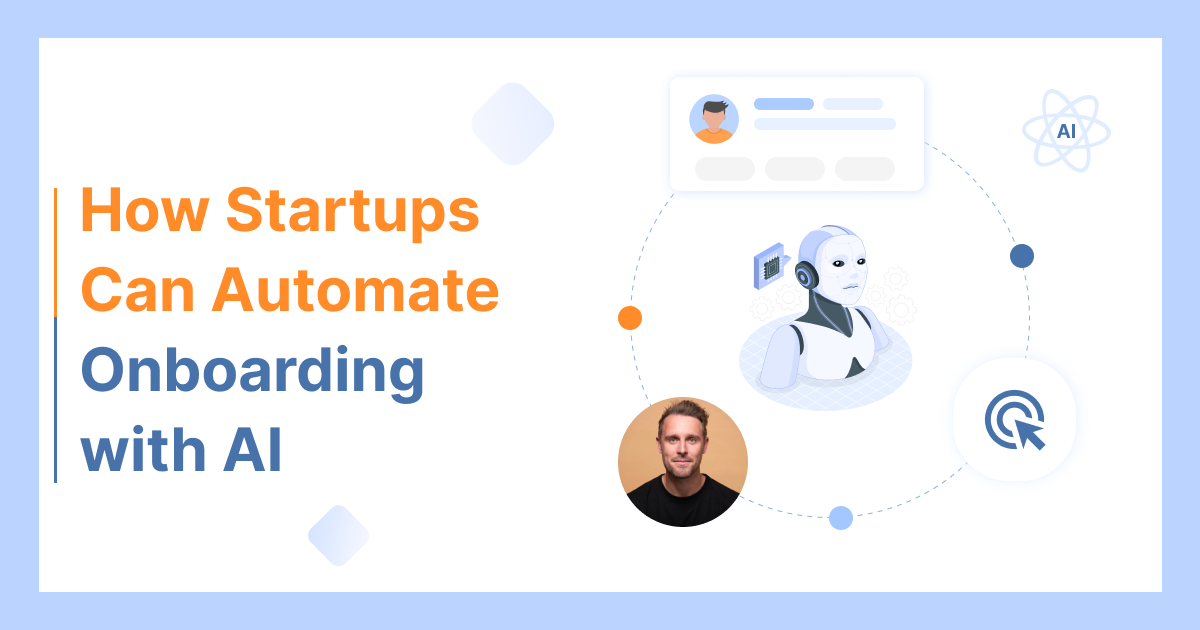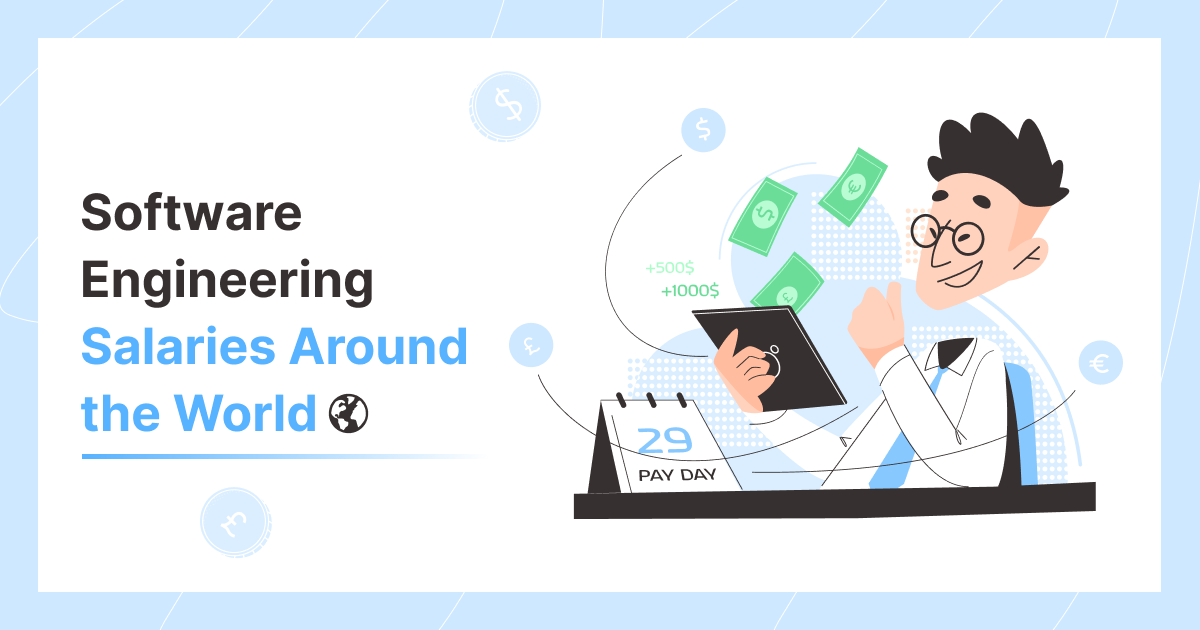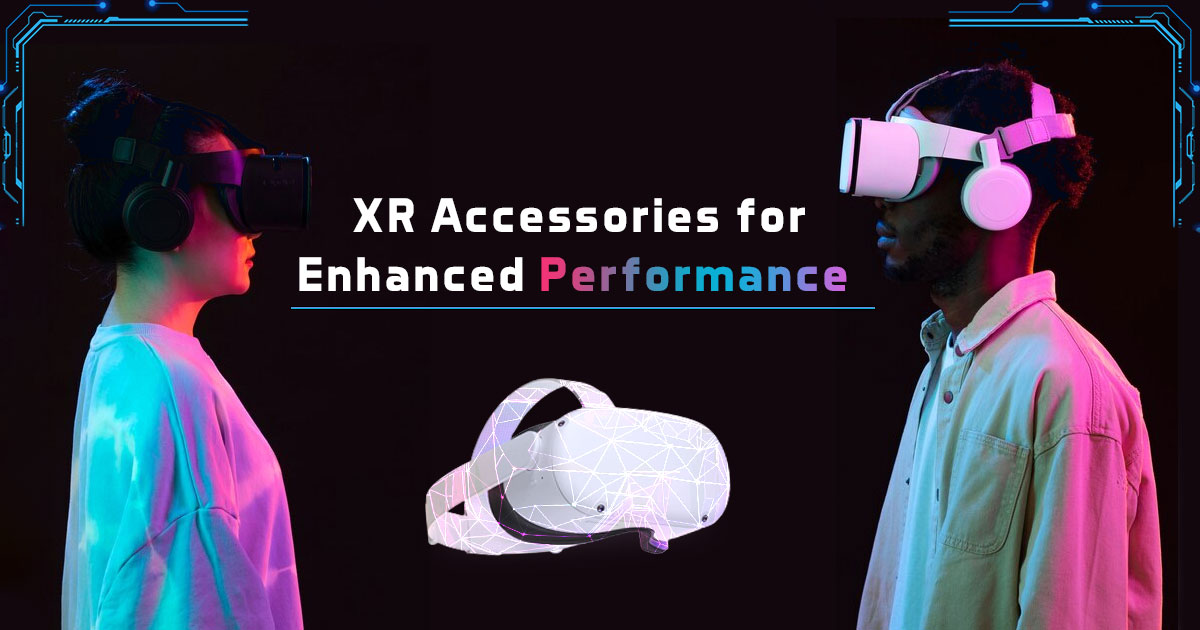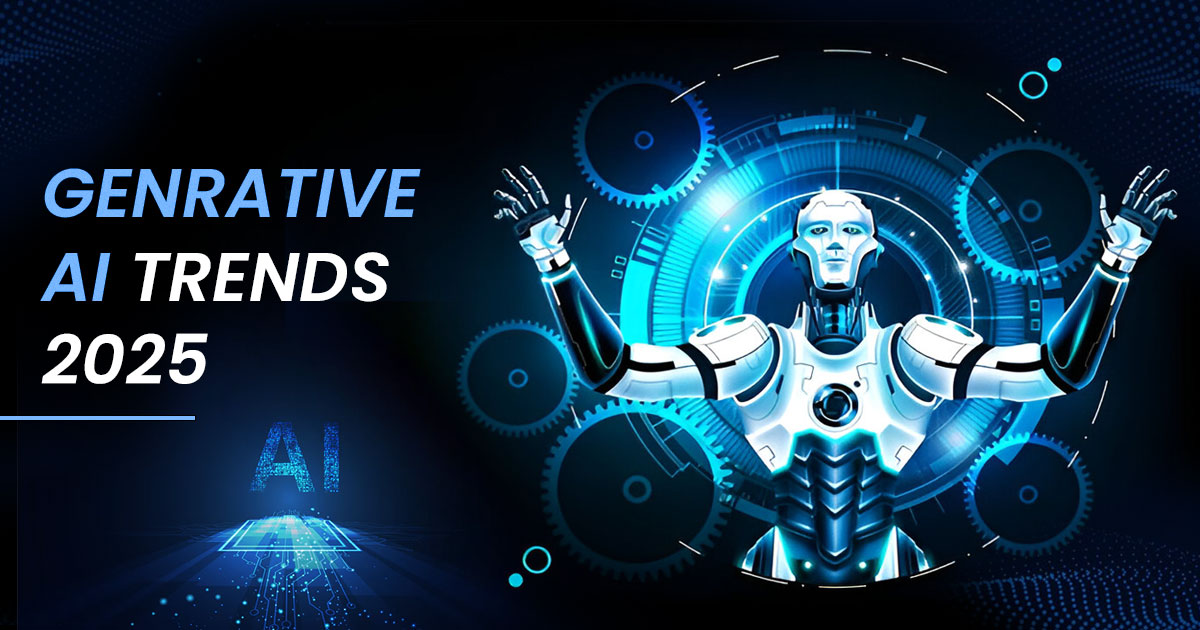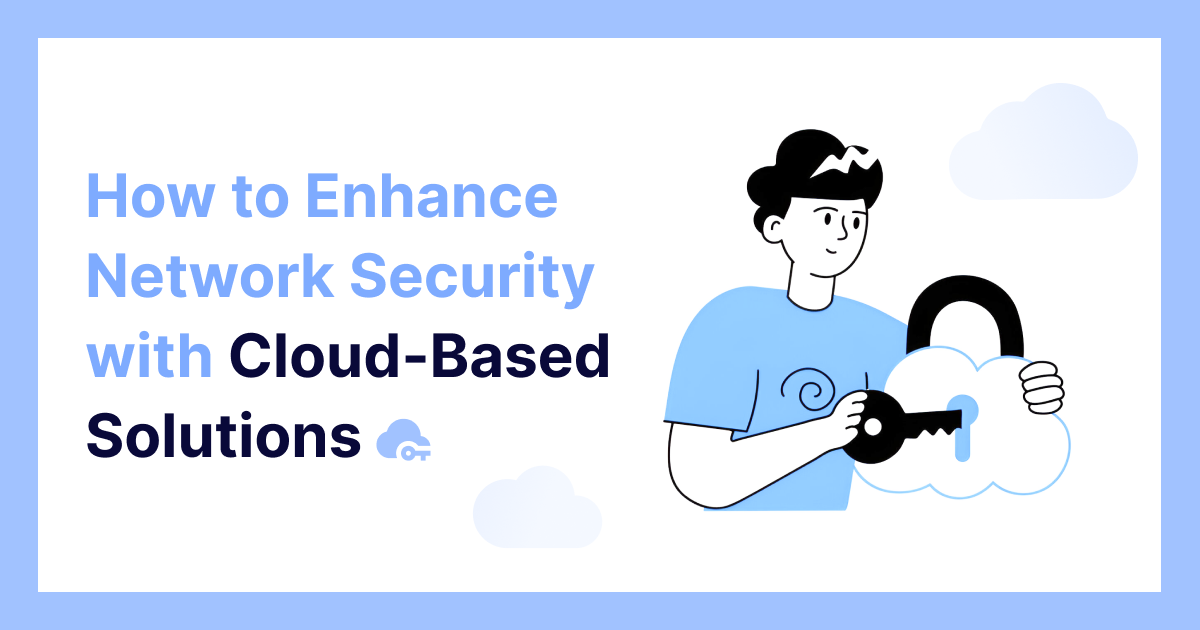Whether you’re bringing on customers, employees, or partners, onboarding has always been a struggle filled with forms, friction, and way too much manual follow-up. However, in 2025, startups will finally have the tools to make onboarding seamless, and AI is leading the charge. With AI, onboarding can be fast, intuitive, secure, and even delightful. Let’s unpack how startups in 2025 can automate onboarding with AI.
Why traditional onboarding just doesn’t cut it anymore
First, let’s explore what onboarding usually looks like for startups:
- A mess of forms and PDFs
- Manual data entry and all the typos that come with it
- Hours wasted following up on missing documents
- Security risks due to poor data handling
- A clunky, impersonal experience for the user
If you’re trying to grow fast, this kind of onboarding process becomes a bottleneck. Worse, it’s often where you lose leads, frustrate hires, or create compliance risks. Now, in contrast to this vision, a new user signs up, scans their ID, uploads a selfie, signs a digital agreement, and is fully onboarded in under two minutes, all without human intervention.
The AI advantage in Onboarding
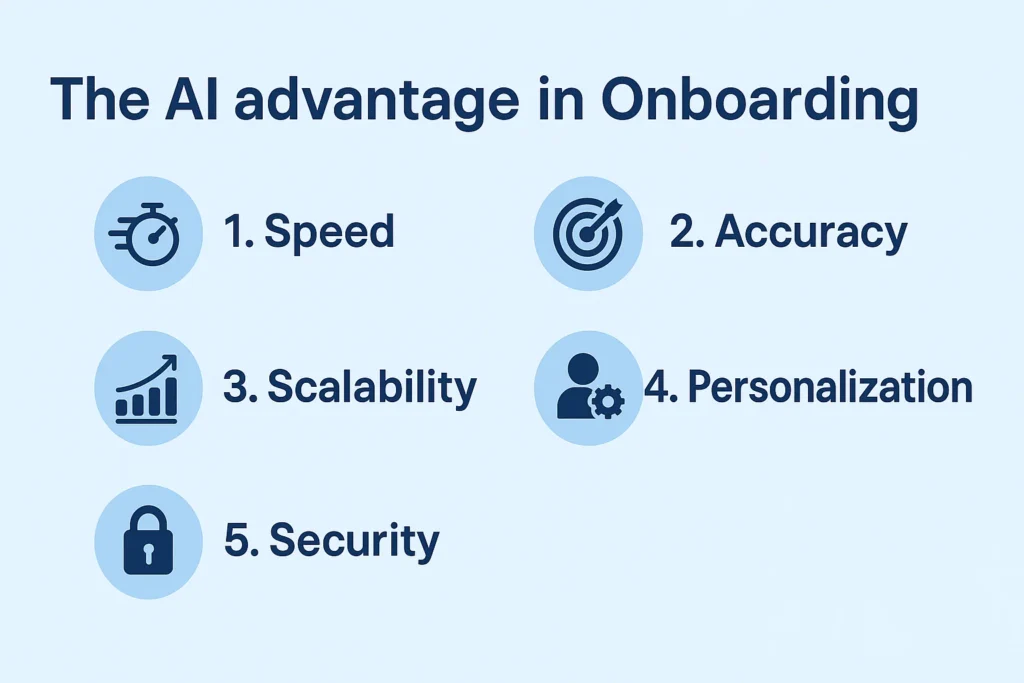
Artificial intelligence is now woven into the core of modern tech work, and onboarding is one of the areas where AI offers the biggest ROI. Here’s what AI brings to the table:
- Speed: AI can process documents, verify identities, and complete forms in seconds.
- Accuracy: Machine learning reduces human error and ensures clean, verified data entry.
- Scalability: You can onboard 10 users or 10,000 without increasing headcount.
- Personalization: AI adapts the onboarding flow to each user’s specific profile and needs.
- Security: Biometric verification and automated compliance checks are performed on both you and your users.
What parts of onboarding can you automate?
Nearly every step of the onboarding process can be enhanced or completely automated with AI. Let’s break it down:
1. Identity verification and KYC (Know your customer)
This is often the first point of friction for users. No one likes digging out their passport and waiting days for approval. With AI, that whole process becomes instant. Here’s how:
- AI-powered OCR (optical character recognition) scans IDs and extracts relevant data in real-time.
- Facial recognition verifies that selfies match the ID photo.
- Machine learning algorithms flag suspicious behavior or forged documents.
Tools from providers like OCR Studio offer AI solutions, accurate data extraction, and instant recognition from ID documents, reducing friction during customer sign-ups. It’s not just about speed, it’s about reducing fraud and ensuring compliance from day one.
2. Form filling and data capture
Most people strongly dislike repeatedly filling out forms. Fortunately, AI can extract data from resumes, IDs, business registrations, or LinkedIn profiles and automatically populate the forms for the user. It can even suggest missing data or corrections.
3. Document review and E-signature
Contracts, NDAs, consent forms, and whatever needs to be signed can now be reviewed and explained using NLP (natural language processing) bots and then signed digitally in seconds. AI can also highlight key terms, explain clauses in plain English, and flag risks or inconsistencies before the user gets to legal review.
4. Onboarding workflows
Not every user takes the same journey. AI can route people based on their inputs such as a freelancer vs. a full time employee, a startup founder vs. a student user, and domestic vs. international clients. Based on inputs, AI can customize onboarding flows, checklists, access rights, and training modules. No manual sorting is required.
5. Training and orientation
Onboarding doesn’t stop at sign-up. AI-powered chatbots and virtual assistants can guide users or employees through product tutorials, internal policies, and FAQs 24/7. Some tools even use adaptive learning to quiz users and reinforce key knowledge.
6. Background checks and risk screening
If you’re hiring employees, onboarding vendors, or approving customers in sensitive industries like finance or healthcare, background checks are a critical part of onboarding and they can be painfully slow when handled manually. Modern background screening platforms use AI to scan criminal records, credit history, employment verification, and even social media profiles at a scale to flag potential risks in seconds, pull data from multiple jurisdictions, continuously monitor high-risk profiles, and adapt screening criteria based on region, role, or industry.
How startups are already doing it
Let’s explore how AI onboarding is already changing the game in different startup spaces:
- Fintech
A neobank uses AI to onboard new users with just a smartphone. The user scans their ID, takes a selfie, and uploads proof of address. AI verifies their identity, checks for fraud patterns, fills in account details, and opens their account in under five minutes, without ever speaking to a rep.
- Saas Platforms
A B2B SaaS company integrates AI chatbots with their onboarding flow. New users get personalized walkthroughs of the product, answers to setup questions, and even automated migration of data from legacy systems, guided by a smart assistant.
- HR Tech
A startup hiring across time zones automates employee onboarding with AI. The process handles form generation and pre-fill resumes, tax document completion, device setup instructions, and customized orientation videos. AI tracks engagement and flags teams if a new hire is falling behind.
How to get started Onboarding with AI
Here’s a roadmap to make the transition smooth and startup-friendly.
- Audit your current process: List out every step in your current onboarding flow. Where are users getting stuck? What’s taking up your team’s time?
- Identify quick wins: Start with the most painful, repetitive tasks. ID verification, form entry, and document handling are often the easiest to automate with clear ROI.
- Pick one tool: Don’t try to overhaul everything in a week. Choose one AI to integrate into your flow and run a pilot with real users.
- Test and tweak: AI is powerful, but it’s not perfect. Run small experiments, gather user feedback, and fine-tune the flow. The best systems are built iteratively.
- Train your team: AI isn’t replacing your team, it’s freeing them up to do more meaningful work. Make sure your people know how to use the tools and stay involved in the refining process.
Endnote
By embracing AI-powered onboarding in 2025, you’ll move faster, scale smoother, and create better first impressions for your new hires. This technology streamlines the onboarding process by automating repetitive tasks, personalizing employee experiences, and ensuring every step is efficient and impactful. It’s the key to building stronger teams and setting your organization up for long-term success..

